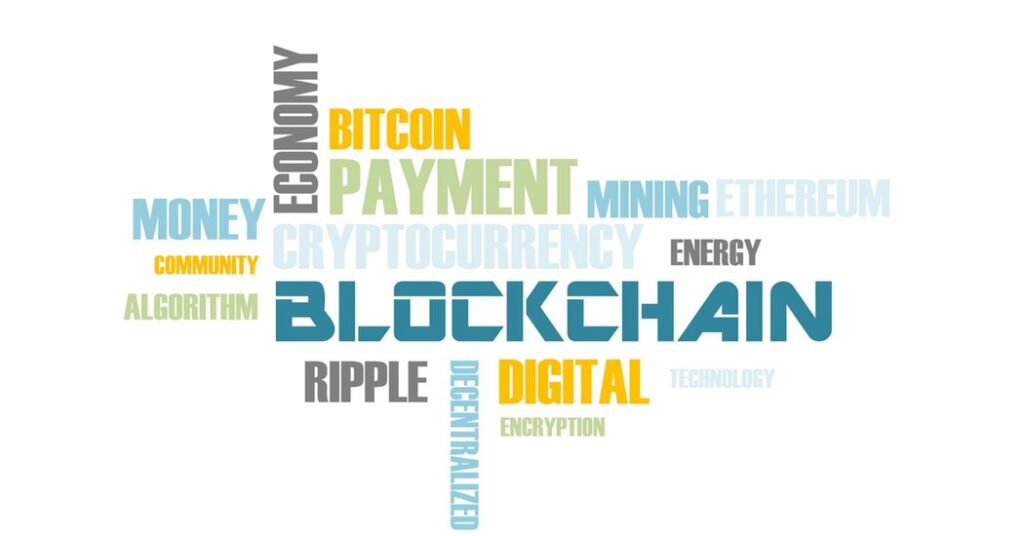Ethereum, the second-largest blockchain network, has become synonymous with innovation in decentralized applications (dApps), DeFi (decentralized finance), and NFTs (non-fungible tokens). However, its popularity has come with a growing challenge – scalability. The Ethereum blockchain, prioritizing security and decentralization, can only handle a limited number of transactions per second, leading to network congestion and high transaction fees. This is where Ethereum Layer 2 solutions come in.
What is Ethereum Layer 2?
Ethereum Layer 2, in the context of Ethereum, refers to a collection of scaling solutions built on top of the main Ethereum blockchain (Layer 1). These solutions aim to offload some of the processing burden from Layer 1, enabling faster and cheaper transactions while still inheriting the security of the underlying Ethereum network. Think of it as adding lanes to a highway to handle increased traffic without compromising the overall structure.

How Do Layer 2 Solutions Work?
There are two main types of Layer 2 solutions: rollups and sidechains. Both operate differently but share the core objective of scalability.
- Rollups: These solutions bundle multiple transactions off-chain, process them together, and then submit a compressed record of the results back to Layer 1 for final settlement. This significantly reduces the amount of data stored on the main chain, freeing up space for new transactions. There are two main types of rollups: Optimistic Rollups and ZK-Rollups. Optimistic Rollups assume transactions are valid by default and only challenge them if proven fraudulent. ZK-Rollups, on the other hand, use cryptographic proofs to verify the validity of transactions without revealing all the data, offering faster processing but requiring more complex technology.
- Sidechains: These are independent blockchains that run alongside the Ethereum main chain. They have their own consensus mechanisms and validators, enabling faster transaction processing compared to Layer 1. However, unlike rollups, sidechains inherit security indirectly by periodically bridging back to the main chain. This means the security of a sidechain ultimately relies on the security of the underlying Ethereum network.
Benefits of Ethereum Layer 2
- Faster Transactions: Layer 2 solutions can process significantly more transactions per second compared to Layer 1, leading to quicker confirmations and a smoother user experience.
- Lower Fees: By reducing the load on the main chain, Layer 2 solutions can offer significantly lower transaction fees, making them more accessible for everyday use.
- Enhanced Scalability: Layer 2 paves the way for increased adoption of Ethereum and its applications by addressing the scalability bottleneck.
- Security: While the specific implementation details vary, Layer 2 solutions leverage the security of the Ethereum blockchain, ensuring a high level of trust and immutability.
ALSO READ – Blockchain Technology: A Revolution in Trust and Transparency
Drawbacks and Considerations
- Complexity: Understanding and using Layer 2 solutions can be more complex compared to interacting directly with Layer 1. Different Layer 2 solutions have their own functionalities and user interfaces, requiring users to navigate a diverse landscape.
- Security Trade-offs: While inheriting security from Ethereum, some Layer 2 solutions, particularly sidechains, introduce additional security considerations depending on their specific design. Understanding these trade-offs is crucial before using a particular Layer 2 solution.
- Interoperability: Currently, different Layer 2 solutions operate somewhat in silos. As the ecosystem evolves, interoperability between Layer 2 solutions and with Layer 1 will be critical for broader adoption.

The Future of Ethereum Layer 2
Layer 2 solutions are rapidly evolving and becoming an integral part of the Ethereum ecosystem. With ongoing advancements in technology and increasing developer adoption, we can expect to see:
- Improved User Experience: Simpler and more user-friendly interfaces will make Layer 2 solutions more accessible to a wider audience.
- Enhanced Security: Security protocols and infrastructure will continue to improve, solidifying trust in Layer 2 solutions.
- Greater Interoperability: Efforts are underway to create bridges between Layer 2 solutions and Layer 1, enabling seamless movement of assets and data across the Ethereum ecosystem.
Conclusion
Ethereum Layer 2 solutions offer a promising approach to scaling the Ethereum network and unlocking its full potential. As the technology matures and user adoption grows, Layer 2 has the potential to revolutionize the way we interact with decentralized applications and usher in a new era of scalability and accessibility for the blockchain space.
